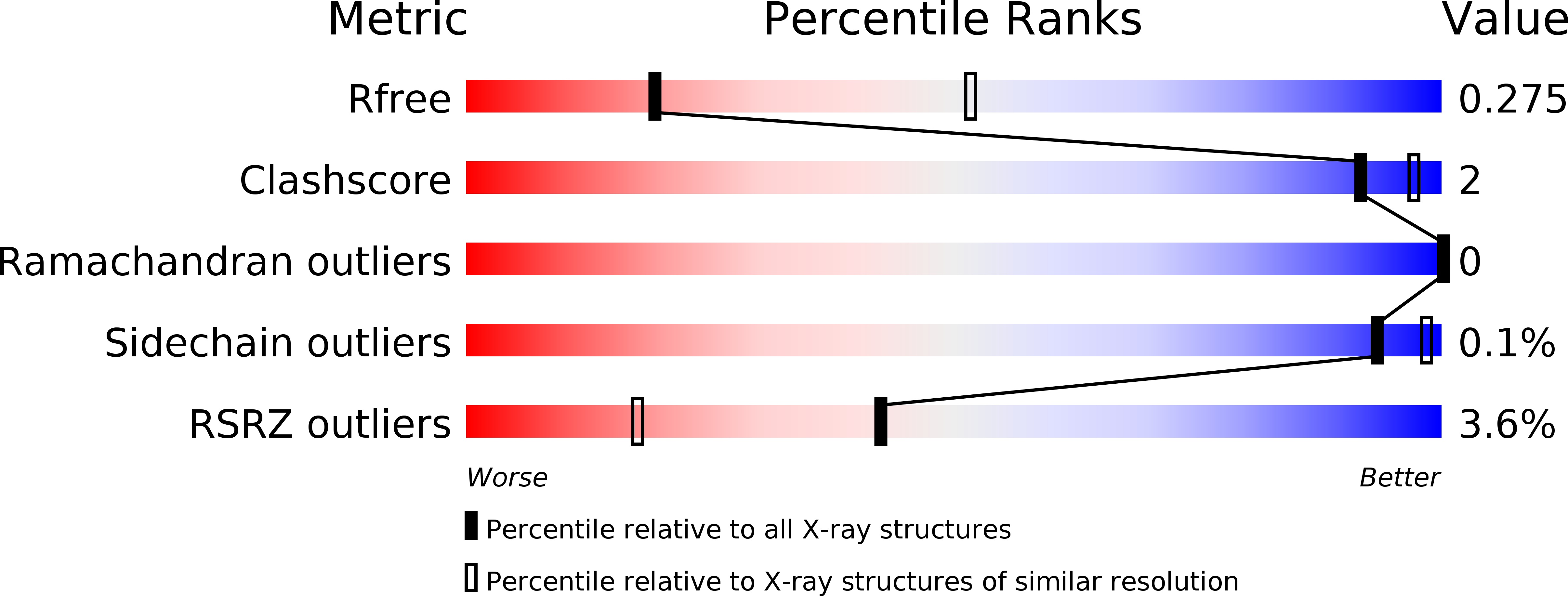
Deposition Date
2017-05-31
Release Date
2017-08-09
Last Version Date
2024-10-30
Entry Detail
PDB ID:
5W0P
Keywords:
Title:
Crystal structure of rhodopsin bound to visual arrestin determined by X-ray free electron laser
Biological Source:
Source Organism:
Enterobacteria phage RB55 (Taxon ID: 697289)
Homo sapiens (Taxon ID: 9606)
Mus musculus (Taxon ID: 10090)
Homo sapiens (Taxon ID: 9606)
Mus musculus (Taxon ID: 10090)
Host Organism:
Method Details:
Experimental Method:
Resolution:
3.01 Å
R-Value Free:
0.27
R-Value Work:
0.23
R-Value Observed:
0.23
Space Group:
P 21 21 21


